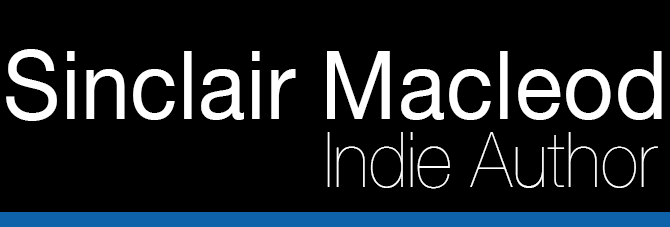The cover of many self-published books lack
professionalism and as a result it gives a poor first impression of what may be a
great book.
During our ‘Bookcamp’ self-publishing training course we
take a detailed look at how to create a cover and what to consider in making it
look as professional as possible. We would like as many of you as possible to
produce your cover yourself, but many of the people who responded to our survey
said that they would like someone else to do the actual physical work. This is
either due to constraints of time or the learning how to use the software required seems to be too
daunting. As a result, we are launching our ‘Picturebucket’ as part of Indie
Authors Scotland’s new ‘Pick ‘n’ Mix’ publishing services. (You’ll have to pop
over to the website when you’ve finished reading this to see why it’s called
the Picturebucket.)
What we want you to understand is that it doesn’t matter if you aren’t creating the cover yourself,
it’s still your book and you should lead the process. There are certain things you can do that will help us produce the perfect cover that reflects the ‘story’ of your book.
Images
The best way is to find an initial image that you believe begins to tell your story.
There are many stock photo sites on the web that offer a full range of pictures
that you might consider. Before you search for the image, do a little
preparation by thinking of keywords that you can use to narrow the parameters
and gives you less pictures to choose from. If you can’t find the image
yourself, make sure you supply us or your graphic designer with those keywords,
it will be of huge benefit to both parties.
Fonts
You may not realise how important typefaces are in telling a
story. The font you choose for the cover of an historical novel will be
completely different to the one you would choose for a business book. Have a
look at books in your genre in a bookshop. Pay close attention to the shape of
the typeface on the cover and choose two or three that you like. If you give
that information to the designer, it will help to identify the kind of look you
need.
Blurb
A short synopsis of your book will help any designer
understand the themes of your book and will help them. It's also good practice for you to prepare your blurb to help you to sell it.
Indie Authors Scotland is all about you as the author taking control of your work. These simple tips will help any designer you are
working with to produce a professional cover that begins to tell your story. Of
course, we hope you choose us to help you.
To learn more about our new publishing services and ourtraining pop over to Indie Authors Scotland’s website.
Have a great week.
Sinclair


